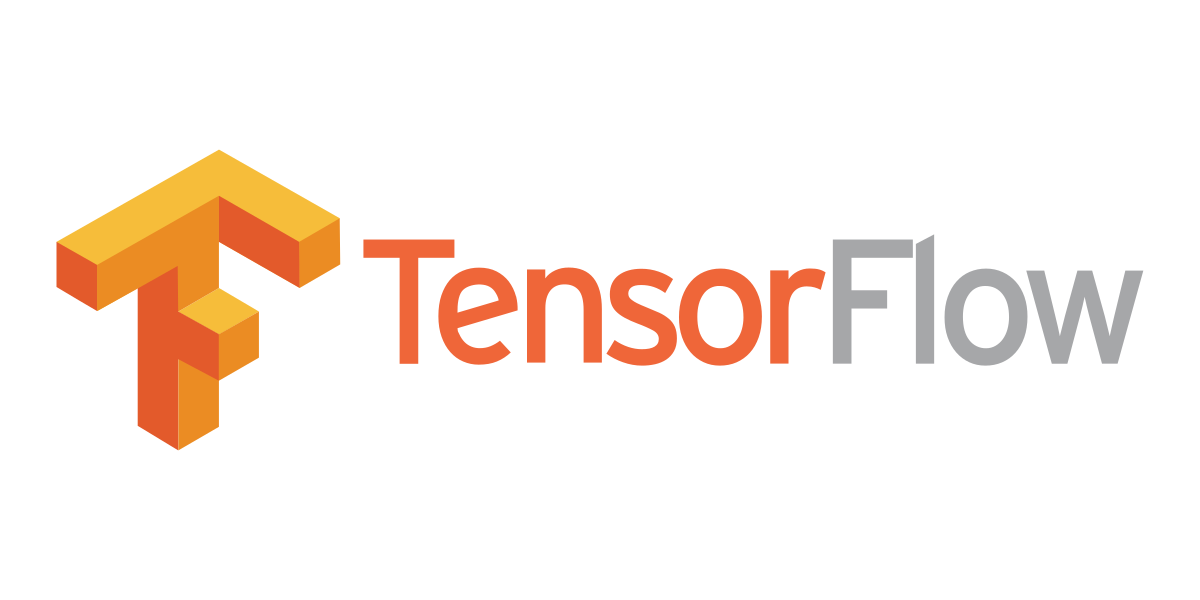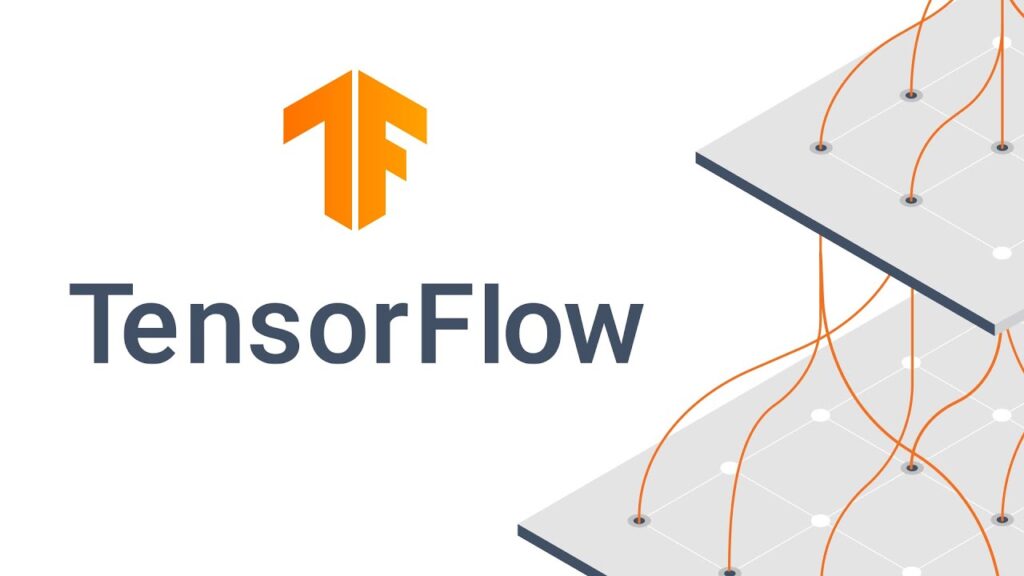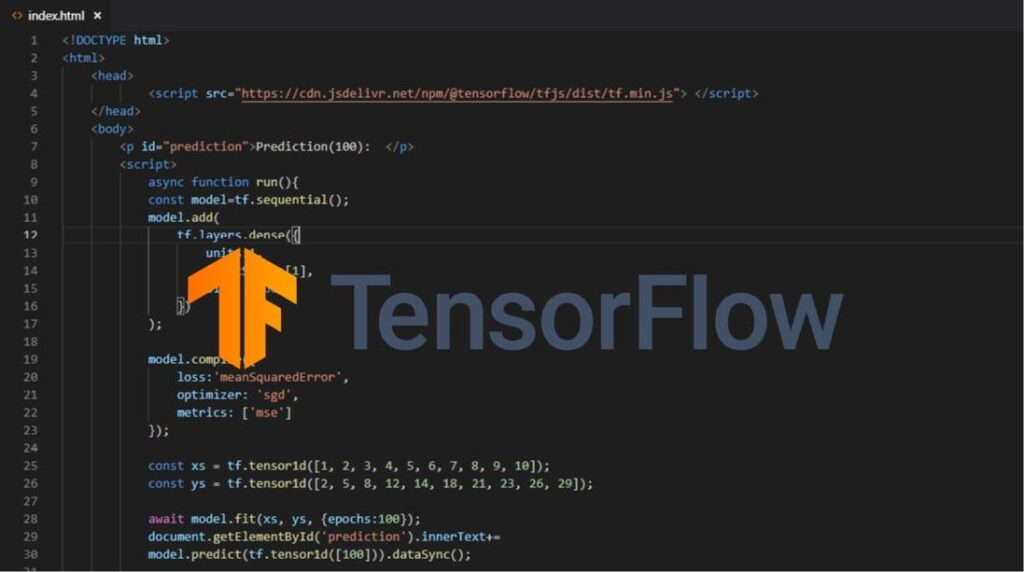
Building a real-time object detection system using TensorFlow
By Udit Agarwal

Building a real-time object detection system using TensorFlow involves several steps, including preparing the dataset, training the model, and deploying it in a real-time environment. In this article, we will discuss these steps in detail.
Step 1: Preparing the Dataset
The first step in building a real-time object detection system is to prepare the dataset. The dataset should include images with labeled items, to train the model. The dataset should also be diverse and include a variety of objects and backgrounds to ensure that the model can detect objects in different environments.
Step 2: Training the Model
After preparing the dataset, the next step is to train the model. TensorFlow provides object detection models like Faster R-CNN, RetinaNet, and SSD. The model’s choice depends on the project’s specific requirements, such as the desired accuracy, speed, and complexity of the objects detected.
During training, the model learns to detect objects by analyzing the input images and comparing them with the labeled objects in the dataset. The model then adjusts its parameters to minimize the difference between predicted and labeled objects.

Step 3: Fine-tuning the Model
fter training the model on the dataset, fine-tuning may be necessary to improve its accuracy. Fine-tuning involves retraining the model on a smaller dataset that is specific to the use case. Such an approach can help the model detect distinctive objects relevant to the use case, such as particular products or logos.
Step 4: Deploying the Model
Once the model is trained and fine-tuned, the next step is to deploy the model in a real-time environment. The deployment process involves several steps, including optimizing the model for real-time performance, integrating the model with a real-time data source, and setting up the infrastructure to support real-time object detection.
Reducing model complexity and optimizing the input data pipeline may be necessary for real-time performance optimization. These techniques can involve pruning, quantization, and batching.
To integrate the model with a real-time video stream, consider using a framework like Apache Kafka or Apache Flink for data processing. These frameworks can help ensure that the model is processing data in real-time and can handle large volumes of data.

Finally, to set up the infrastructure to support real-time object detection, it may be necessary to use cloud computing services such as Amazon Web Services or Microsoft Azure. These services can provide the required resources to run the model at scale and ensure high availability and reliability.
Also Read: A Deep Dive Into Convolutional Neural Networks
Bottom Line
In conclusion, building a real-time object detection system using TensorFlow involves several steps, including preparing the dataset, training the model, fine-tuning the model, and deploying the model in a real-time environment. By following these steps and using the appropriate tools and techniques, developers can create a real-time object detection system that can detect objects in real-time and provide value to businesses and consumers.